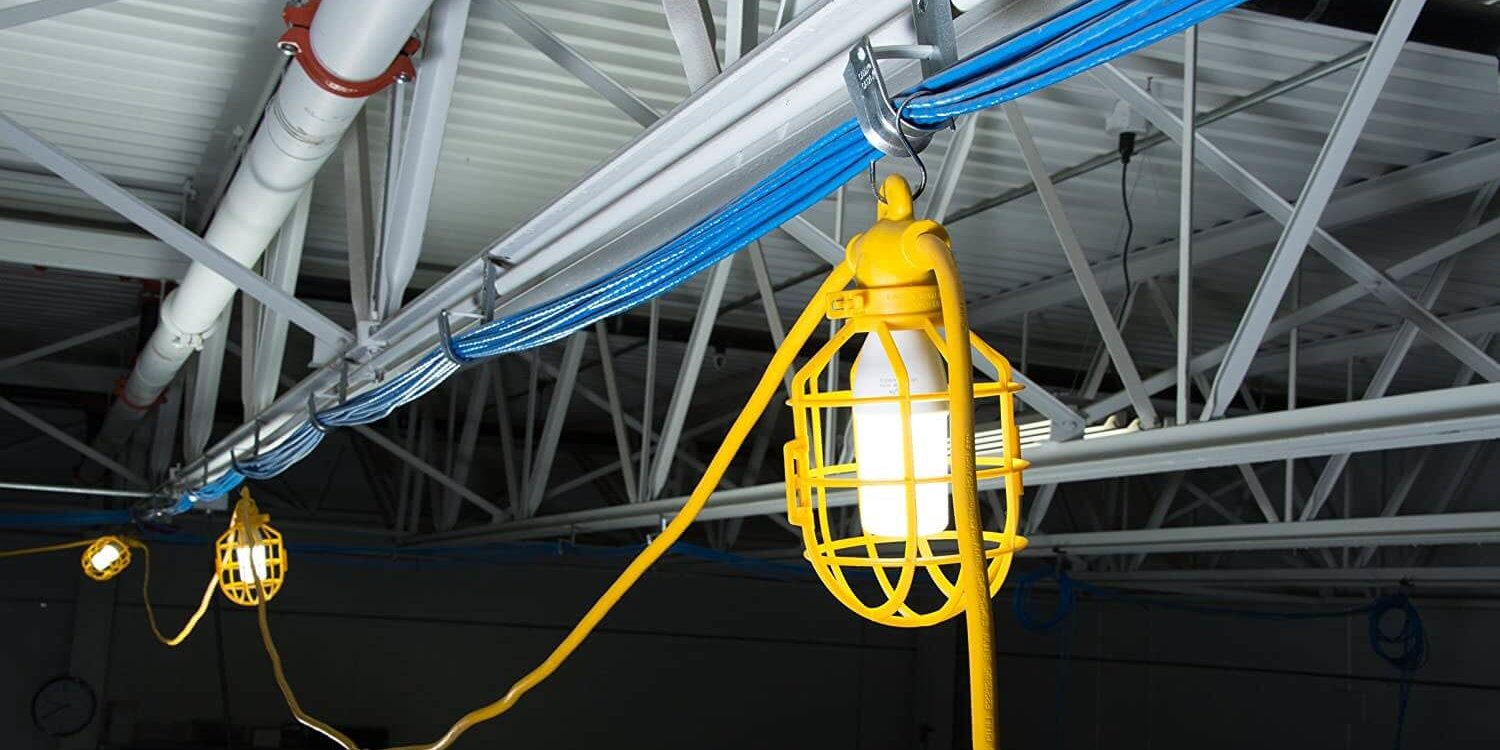Picture borrowed from amazon.com/bergen-industries-inc
What can happen if we say:
“Those instruments and lamps, we’ll just fix it later…”
Only people who have no EIT (Electro, Instrument, Telecom) knowledge can have this attitude, and it is a serious pitfall for all engineering projects. It can result in a major cost overrun, delay in planning and can turn the project into a disaster!
EIT engineers must always be part of the project and they must be involved from the start. When a project starts, and the available space is distributed between the disciplines, involving the EIT engineers is of utmost importance and cannot be emphasized enough.
If the the EIT discipline is not involved at an early stage, junction boxes, switchboards, equipment, cable trays, etc. will be placed whereever there is space to spare, and often end up where it is not appropriate. The end result is a poor EIT design and a difficult facility to operate and service. Just think of the challenges involved when placing all the cable ducts – large and small – so that they do not collide with all the volumes for material handling, escape routes and access routes. In a worst case scenario, the module may even be too small to fit all the necessary EIT equipment. If this happens, the project is facing a serious challenge, increasing cost and delaying the final delivery.
There are large quantities of instruments, valves, cables, cable trays etc. that must be ordered and purchased. The importance of having a 3D model that contains information on cable lengths, junction box sizes and EIT panels, cable route details and information on all the support steel for the EIT discipline cannot be overemphasized. Creating procurement lists from the 3D model will make purchasing easier and more accurate so that the surplus material is minimal. To create such lists, the EIT must be involved from the start of the project.
Cable trays in a larger module takes up a large space. The importance of involving the EIT engineers when the available space is distributed in the start-phase of a project cannot be emphasized enough.
Author Frank O. Edvardsen, Discipline Lead – Electrical, Instrumentation & Telecom (EIT), Focus Techouse Engineering AS
Did you have questions about this article? Please send and email to the author!
Frank O. Edvardsen
Electrical, Instrumentation & Telecom (EIT), Focus Techouse Engineering AS
fed@TechouseEng.no
Also read:
The dynamics of Electro Instrument & Telecom (EIT) in an engineering project
What can go wrong if the Electro Instrument & Telecom discipline is left out from project-start?



